Remember those products you are not sure whether you want to buy or not, or you save for later and click that little heart icon and add them to a safe place where you can revisit? That’s what wishlists are.
Wishlists are collections of desired products saved by customers to their user account, indicating interest but not an immediate intent to purchase.
Offering wishlists effectively reduces shopping cart abandonment and closes sales from customers who expressed interest but did not purchase.
Wishlists are a popular feature that every online store should have. Aside from the obvious benefit of improving the customer’s shopping experience, wishlists can provide online retailers with much more profound, strategic value.
According to a study published by the University of Glasgow, 74% of online shoppers use shopping carts as an “online wish list.” Customers who add items to their shopping cart and then abandon them are relying on your eCommerce site to remember their orders. And wishlists can do just that. Save items for individual customers to find when they return to your website.
Today’s tutorial will walk you through the importance of a wishlist for an online store, how you can add one to your online store, and what plugins you can choose from! Ready to dig in?
Here’s Why Wishlists Are a Crucial Element in Your WooCommerce Store
Customers and business owners can both benefit from wishlists.
A wishlist allows customers to save items “for later” if they cannot commit to a purchase and find them quickly when they return to your store. It also serves as a convenient way to remind oneself of the products that made a list, which is especially useful when compiling gift lists or pulling shopping lists for major upcoming events like weddings, new babies, housewarmings, etc.
This feature is especially appealing to mobile shoppers because it saves a lot of browsing time on a smaller screen.
So here are five main reasons why you should be more than inclined to add a wishlist feature to your online store:
- First, wishlists can give you an idea of your customers’ preferences.
An excellent online company understands its target market thoroughly and employs buyer personas to fine-tune marketing and merchandising initiatives. Wishlists can provide a unique glimpse into the customer’s world, desires, and aspirations.
They are a clear indicator of what customers want. This information can assist organizations in developing their branding and marketing strategies, establishing a stronger emotional bond with their clients, and eventually increasing sales.
- Wishlists can assist you in dealing with out-of-stock items.
Nobody wants to lose a customer because a product is out of stock. (insert out of stock article here)The wishlist feature can be an excellent tool for reducing these losses. How? Allow customers to add out-of-stock items to their wishlist and notify them via email or in-app notification when they are back in stock.
- Wishlists are an excellent way to notify customers about a sale.
Savvy shoppers frequently use wishlists to save items for future flash sale events. Informing your customers that items on their wishlist have gone on sale is an excellent way to entice them to return and complete the purchase. You can also use the information from analyzing all wishlists to determine which items to discount – items frequently saved in wishlists have a higher chance of generating more sales.
- Wishlists are a good boost for your customer engagement.
Making a wishlist can serve as a reminder to you when you are in the process of purchasing. For example, you could add to your wishlist some sports equipment you want to buy but need more time to consider. If you add these to your wishlist, you will almost certainly return to the website to over-analyze them. In this way, they serve as reminders to purchase items you will need in the future, and it’s an excellent way to give your customers more time on their hands to think about the purchase that they are in the process of making.
- Wishlists assist you in reducing the number of users who become disoriented on their way to the checkout.
Wishlists assist you in reducing the number of users who become disoriented on their way to the checkout. According to the Baymard Institute, the average documented online shopping cart abandonment rate in 2021 was 69.23%.
Several studies have found that the most common reason for cart abandonment is that users are not yet ready to buy for various reasons, such as high prices, long delivery times, complicated checkout pages, etc. However, the most significant issue is that users cannot save items for later use. And how do you address this if not by incorporating a wishlist feature into your website? This way, you can give your prospects the option of saving the products they are interested in for later use.
So, now that you’re convinced, it’s go-time! Including a wishlist in your WooCommerce store will benefit you and your customers.
We’ll break it down for you in the rest of this article: how to install and configure an easy-to-use WooCommerce wishlists plugin to work perfectly for you and your customers.
How to Set Up A Wishlist For Your WooCommerce Store
Now, wishlists are not a WooCommerce built-in feature.
You need to download and activate a plugin to implement a wishlist in your store. In the following paragraphs, we’ll go over what plugins you can use to accomplish this and how we’ve created a wishlist of our own.
But first, let’s see what our go-to choice is regarding wishlist plugins. Numerous free and paid plugins are available to add a wishlist feature to WooCommerce, but we used the YITH WooCommerce Wishlist plugin for our store.
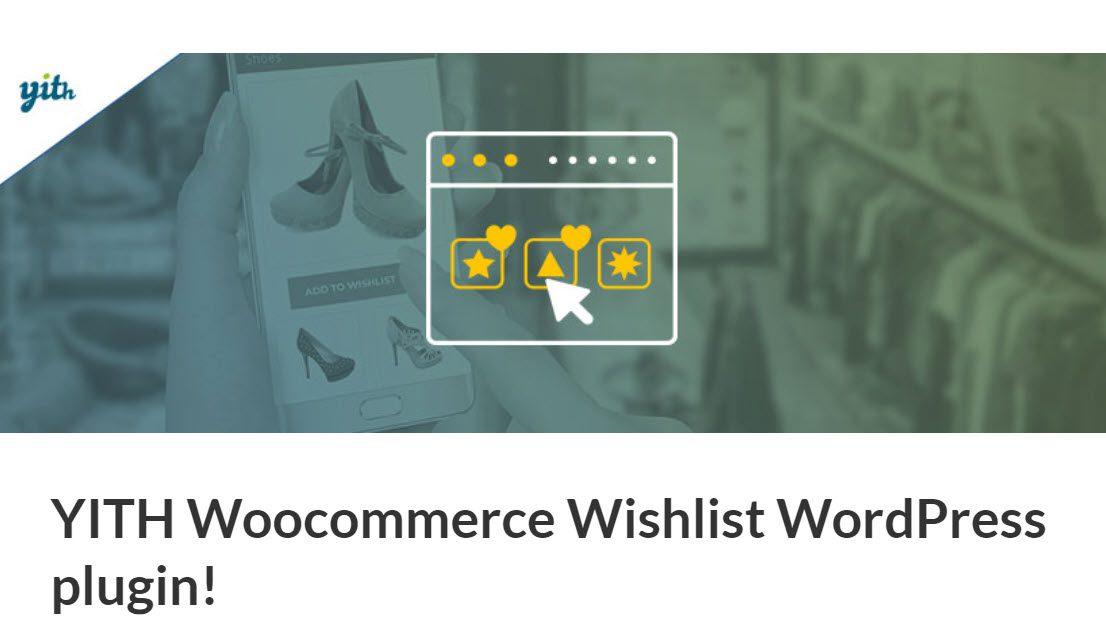
- Step 1: Install the plugin
After logging into the WordPress admin dashboard, navigate to Plugins > Add New to access the WordPress plugin repository. Enter YITH WooCommerce Wishlist in the search field. Next, install the YITH WooCommerce Wishlist plugin from YITH.
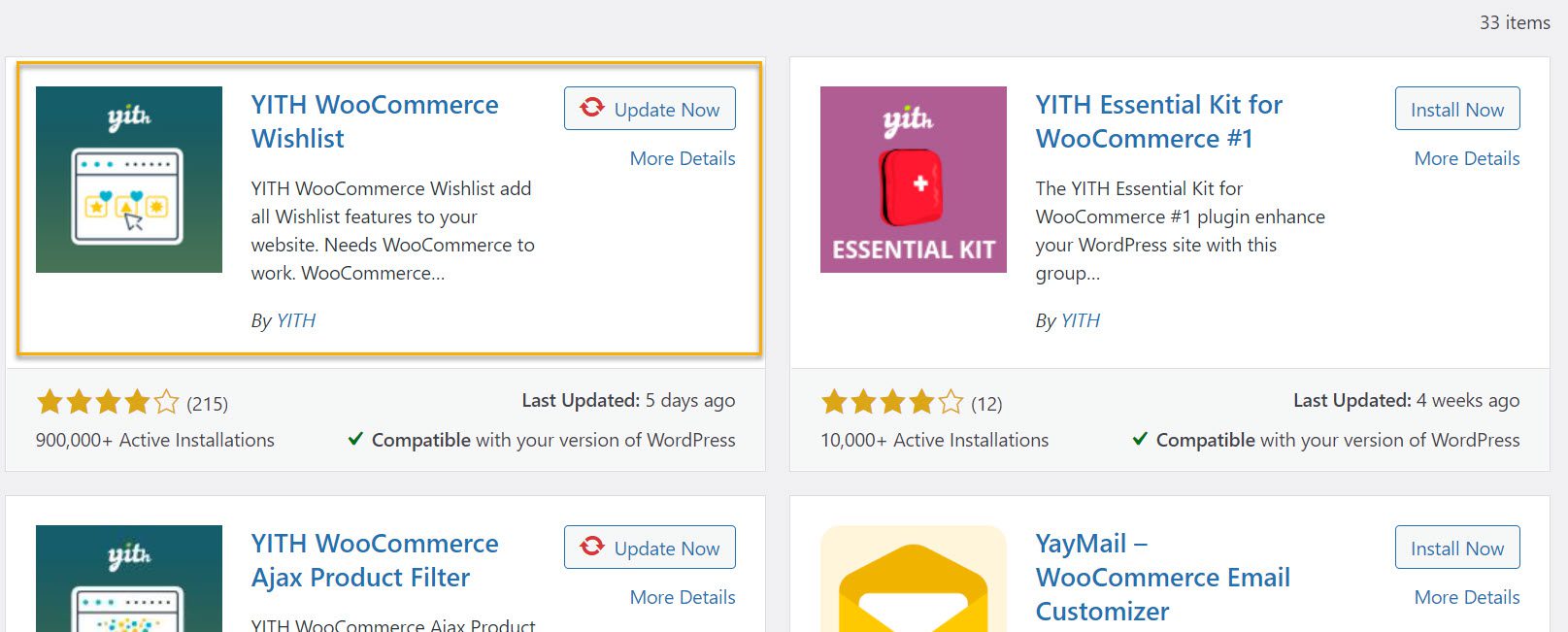
- Step 2: Check the Wishlist feature in the top navigation menu
Now that you’ve successfully added the Wishlist feature to your WooCommerce store check your top navigation menu to see if it’s still there.

As you can see, the plugin automatically created a Wishlist page for us. However, if this page is not created automatically, you can manually create a new page and insert the shortcode provided by the YITH WooCommerce Wishlist plugin. Go to the single product page to see the Add to wishlist feature.
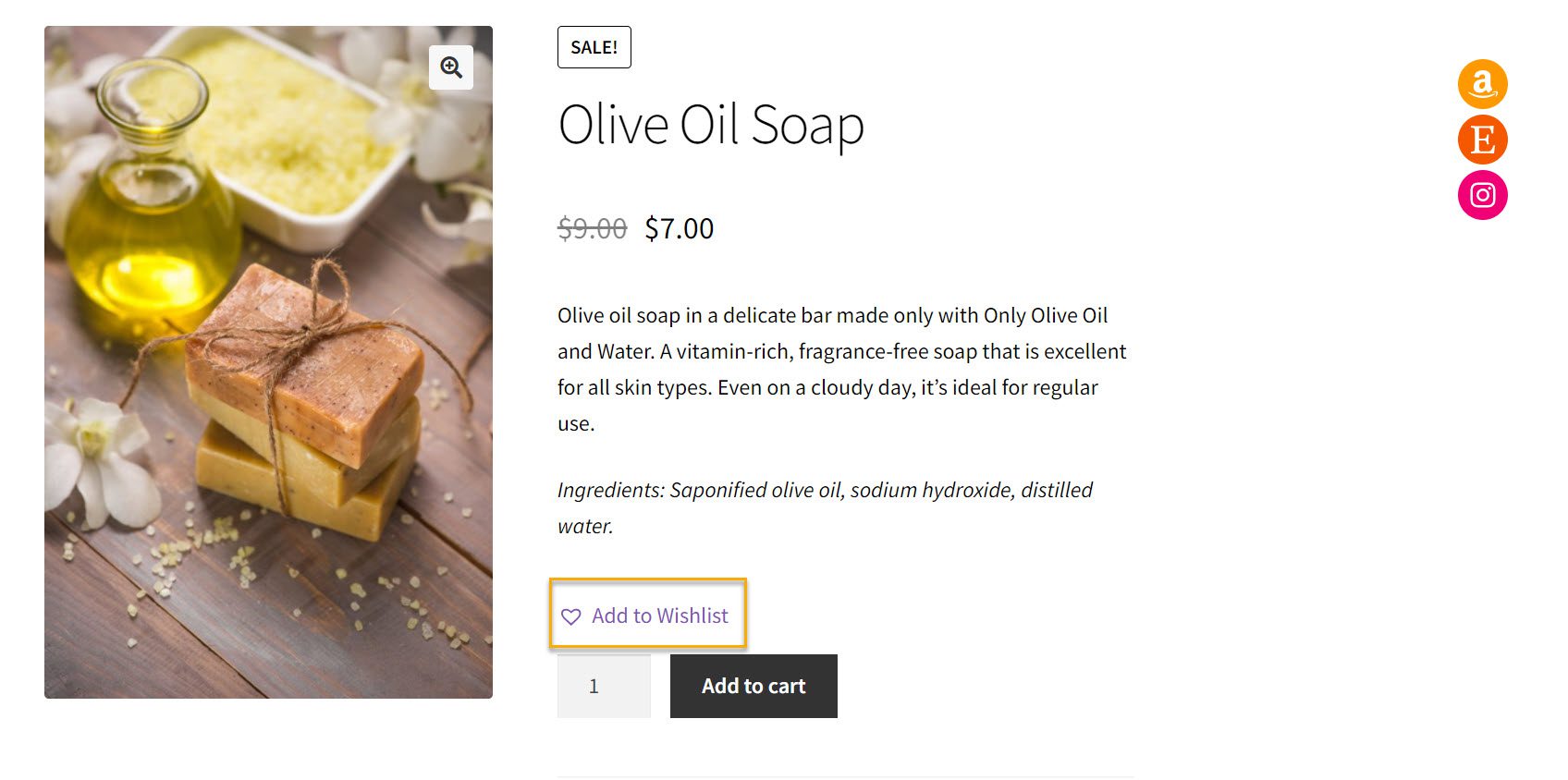
And here is the Add to Wishlist button that your customers can use. What’s more is that if you go to the Shop or Catalogue pages, the Add to Wishlist button, you’ll also see the Add to Wishlist button.
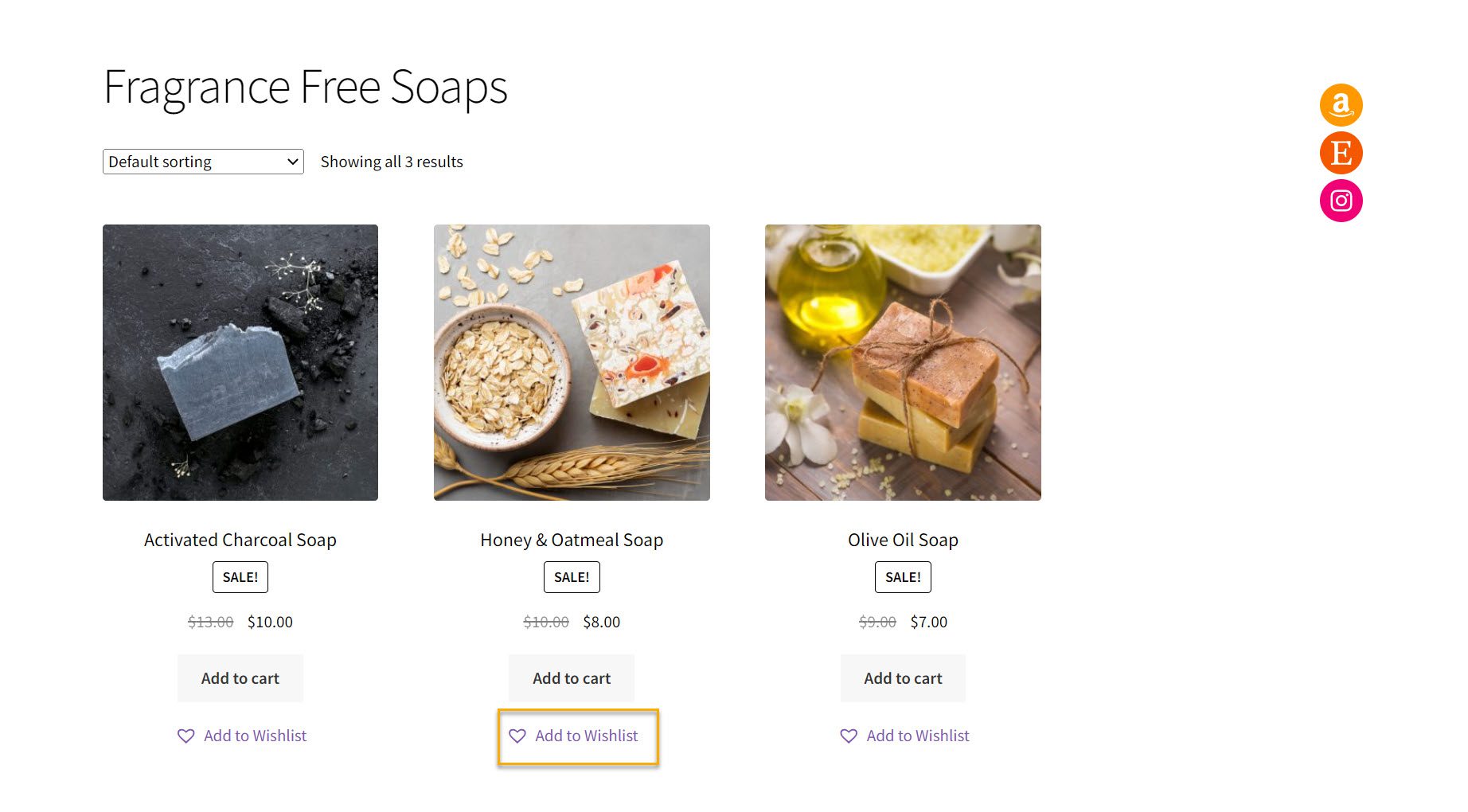
- Step 3: Configure Settings for the Wishlist feature
In the General Settings Page, you have a ton of customization opportunities. Fortunately, most of them are already functional due to the setup process. However, we can discuss more options that might pique your interest.
For example, the Require Login setting is helpful for websites that don’t want random users creating wishlists.

It would help if you also considered enabling the options to remove products from the wishlist in response to specific actions or redirect to the checkout page when a wishlist item is added to the cart.
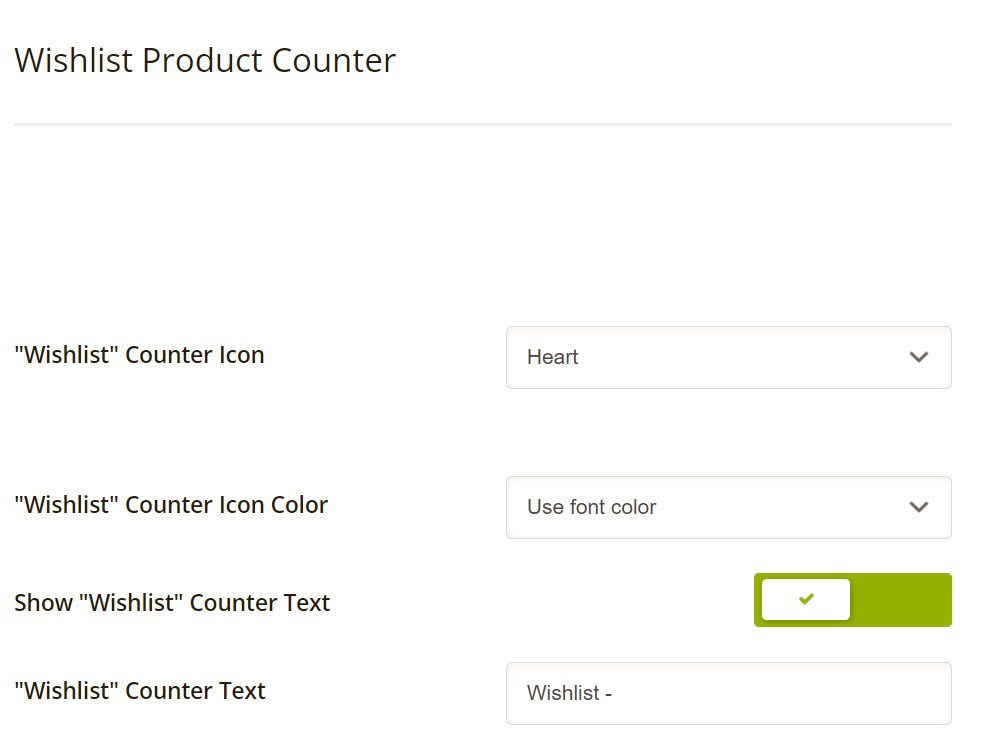
You can also customize the “Add To Wishlist” icon. For example, by selecting the dropdown field, you can change the default Heart icon to a Heart+ icon. You can also use your computer to upload a Custom icon.

The Wishlist Product Counter is another option. The Wishlist Product Counter settings enable a particular menu item for the Wishlist and a counter next to the label, allowing users to see how many things are currently on their Wishlist.
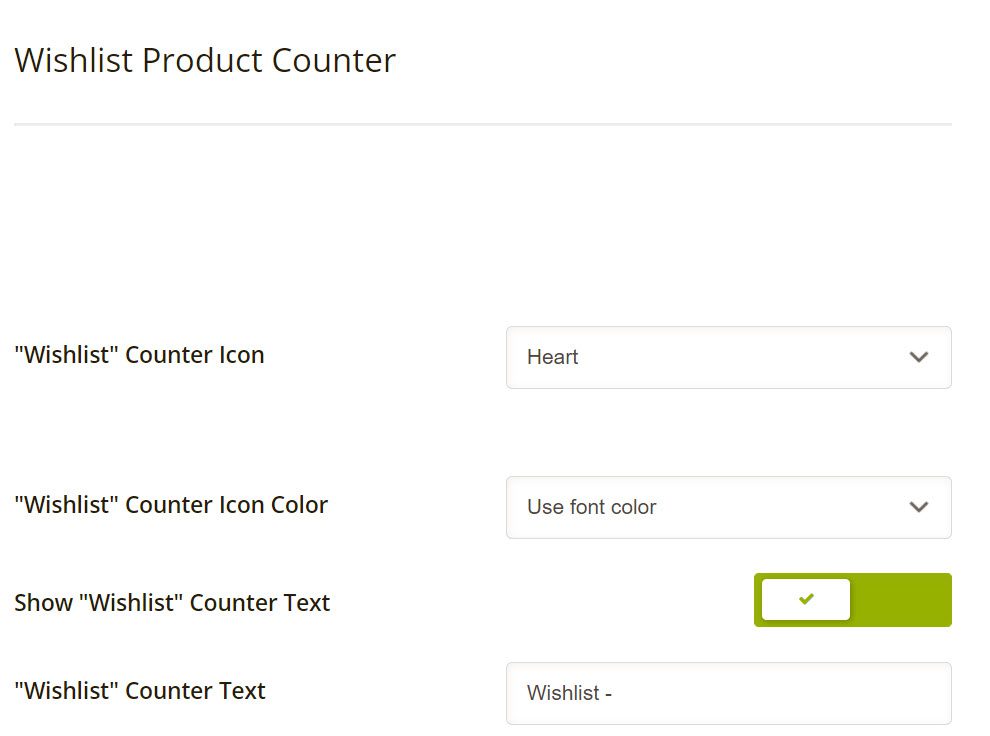
This section can enable the Show “Wishlist” Counter Text switch. You also recommend looking at the Add Counter To Menu field, selecting the menu you want to see the new Wishlist tab with a counter.

And that’s basically how you set up a WooCommerce wishlist for your online store. But, of course, you can always return to the settings to change the designs or locations of the buttons, and the plugin has a premium version with more advanced features such as multiple wishlists per user, promotional items, and wishlist privacy settings.
Luckily for you, you can use a couple more wishlist plugins if you don’t want to go with this one. Below we’ve compiled a list of plugins to make things smoother for you.
WooCommerce Wishlist Plugins You Can Ace With
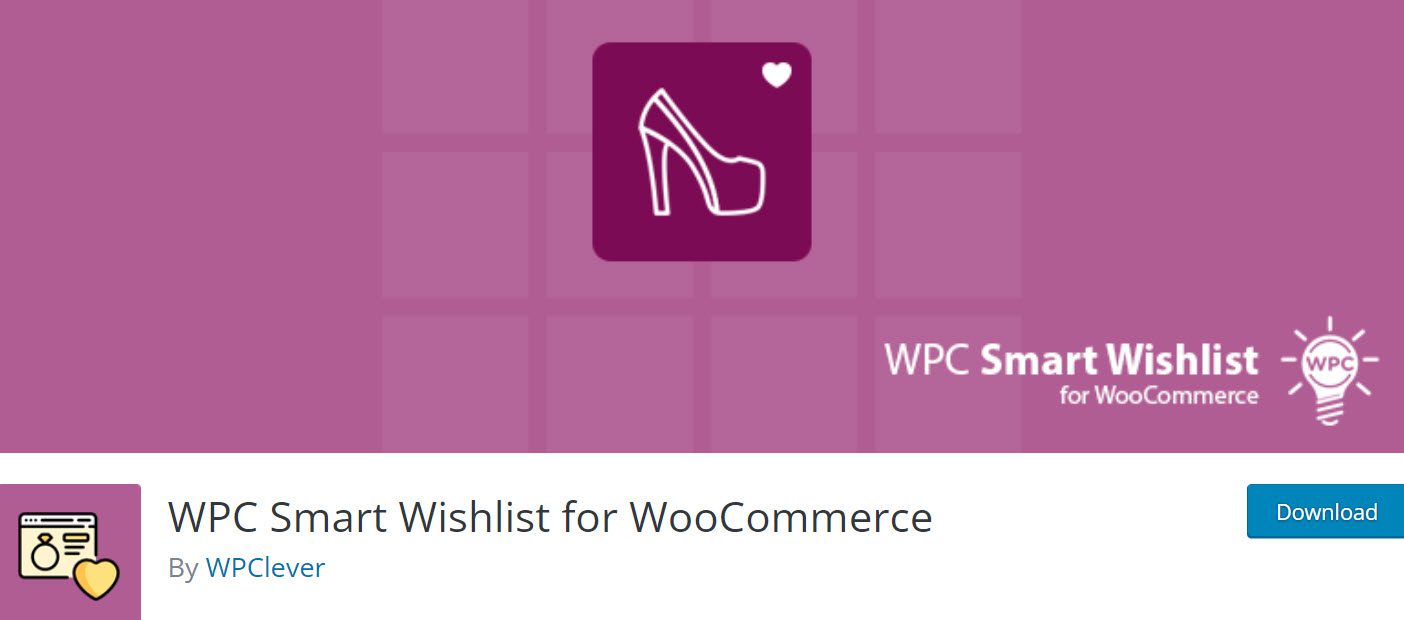
With this plugin, your customers will save products for later buying. The plugin’s setting is straightforward, allowing you to select a page on which wishlists should be displayed. The fun part is that customers can share their wishlists.
This plugin does not provide many features, but it gives some basic ones useful for small and medium-sized businesses. In addition, the administrator can use this plugin to customize the wishlist link button, icon, text, etc. It also has more than 30,000 active installations.
Key features of the plugin:
- Allows for the addition of text to the wishlist button;
- Allows for the expansion of extra classes to the action button/link;
- Allows you to add a wishlist button by selecting different categories;
- Allows you to choose an action from the wishlist menu;
- Allows you to customize the look of your wishlist based on your theme.
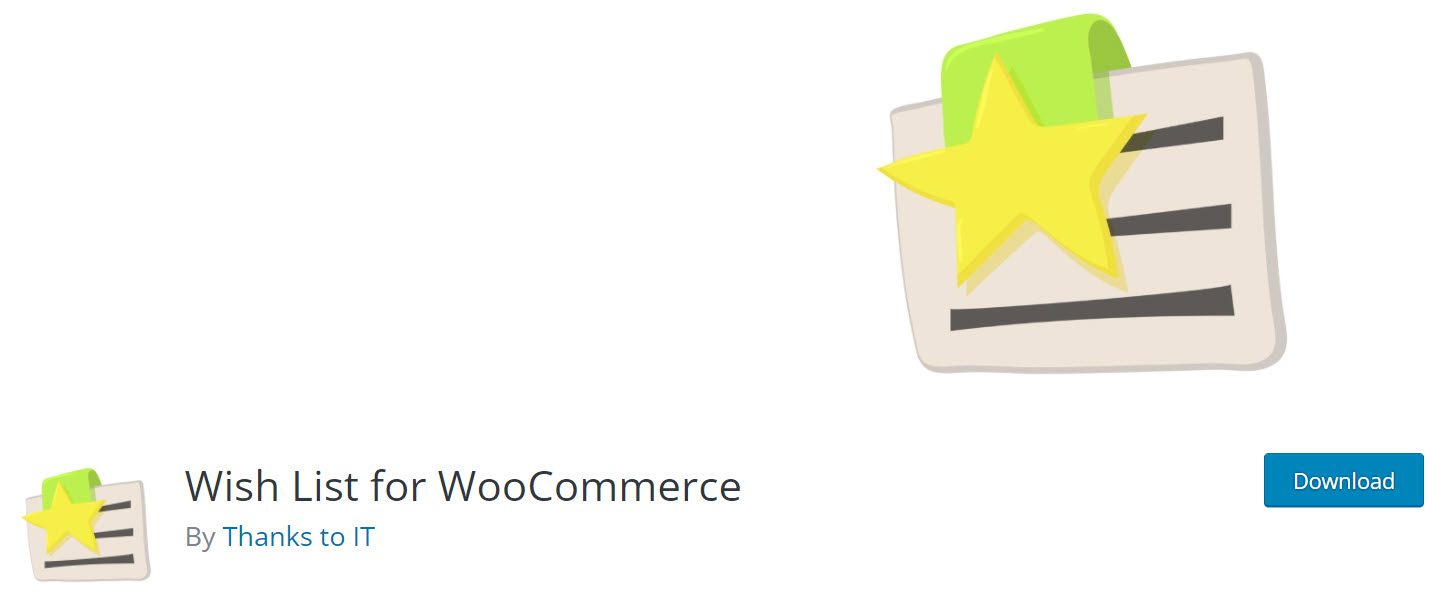
Wish List for WooCommerce has a minimalist design and is FontAwesome compatible, which is a plus. FontAwesome fonts, icons, and links can share products via social media and email. Furthermore, each customization option has its section in Wish List for WooCommerce.
The plugin allows you to use AJAX to add or remove items, saving page loads and improving the shopping experience. Finally, it seamlessly integrates with caching plugins and will enable you to customize notifications and social media icons.
Key features of the plugin:
- Social media sharing;
- FontAwesome integration;
- AJAX item addition and removal;
- Caching plugin compatibility;
- Custom widget.

If you run a small business, Premmerce Wishlist for WooCommerce should be your go-to choice. It’s simple to use and compatible with WPML and other translation plugins, making it ideal for stores with international customers.
Another intriguing feature is viewing the products that customers add to their wishlists. This allows you to run targeted campaigns or offers and make better decisions to increase sales. Additionally, shoppers can use URLs to share their wishlists with friends and on social media.
Premmerce Wishlist adds a wishlist button to the product page and allows you to display it in the related products section. Finally, because this tool is well-coded, it runs smoothly and has no negative impact on the performance of your website.
Key features of the plugin:
- Wishlist sharing via URL;
- Custom Widgets;
- Customer Wishlist Review;
- Multilingual Ready;
- Simple to Use.
Over to You
Many people value wishlists for a variety of reasons. As previously stated, wishlists benefit businesses because they provide valuable insight into consumer purchasing habits and benefits customers.
Now that you understand the significance of a wishlist in the eCommerce industry, how to create one from scratch, and what plugins are available to do the job for you, there is only one thing left to do: follow the guidelines from our tutorial and get yourself a wishlist feature today!

Gabriella is a Digital Content Writer and Marketer with a zeal for all things WordPress. When she’s not researching and drafting the upcoming articles, you can find her in the open air exploring the outdoors with her dog.










Comments are closed